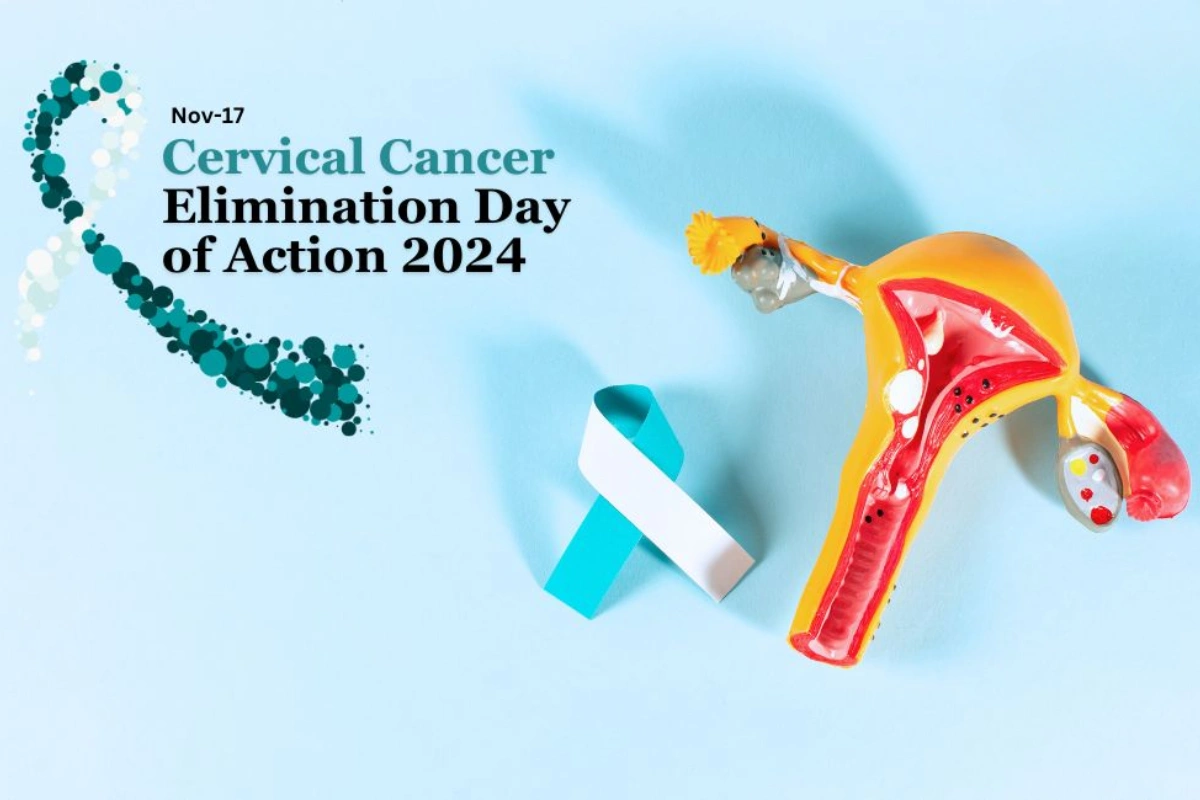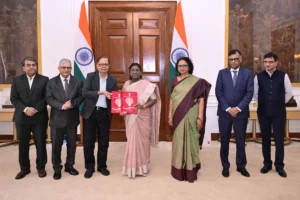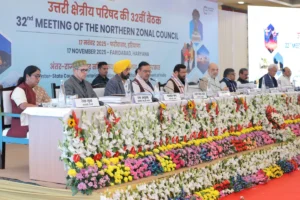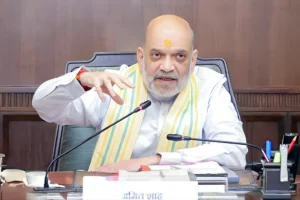
One woman dies every two minutes from cervical cancer, the United Nations said on Monday, marking the first official World Cervical Cancer Elimination Day.
Despite being both preventable and treatable, the disease continues to claim hundreds of thousands of lives due to limited access to healthcare services worldwide.
The observance day, designated through WHA78.8, aims to raise awareness and strengthen access to HPV vaccination, screening, and treatment.
In a message shared on X, the UN underlined the gravity of the situation, stating, “Every two minutes, a woman dies from cervical cancer. Access to screening, vaccination, and treatment is key to ending this preventable disease.”
Every two minutes a woman dies from cervical cancer.
Access to screening, vaccination & treatment is key to ending this preventable disease.
More facts from @WHO on Monday’s World Day for Cervical Cancer Elimination: https://t.co/Sq9ROH7X28 pic.twitter.com/ogxv5BLz5d
— United Nations (@UN) November 17, 2025
The World Health Organisation (WHO) reinforced this message, urging countries to scale up early detection.
According to the WHO, cervical cancer ranks as the fourth most common cancer among women, with 660,000 new cases and 350,000 deaths recorded in 2022.
Every year around 350,000 women die from #CervicalCancer, with 9️⃣ in 🔟 of these deaths in the poorest countries.
We can #EndCervicalCancer with better access to vaccination, screening and treatment.
Know more: https://t.co/Jw95ItBNbb pic.twitter.com/Rh7odqJ04w— World Health Organization (WHO) (@WHO) November 17, 2025
Disproportionate Impact on the Poorest Nations
The UN highlighted the stark inequalities that shape the disease’s impact.
Ninety per cent of cervical cancer deaths occur in the world’s poorest countries, where women often lack access to vaccinations, reliable screening, and timely treatment.
Cervical cancer stems primarily from persistent infection with the human papillomavirus (HPV).
The risk is even higher for women living with HIV, who are six times more likely to develop the disease than those without HIV.
Despite these risks, cervical cancer is one of the few cancers that can be effectively prevented and cured, provided it is diagnosed early and treated promptly.
The WHO stressed that HPV vaccination, combined with screening and treatment of pre-cancerous lesions, remains one of the most cost-effective strategies for reducing cervical cancer cases globally.
The organisation emphasised the need for regular screening for women and improved access to quality healthcare systems.
Theme 2024: ‘Act Now: Eliminate Cervical Cancer’
This year’s theme underscores the urgency of accelerating progress towards the 90-70-90 targets by 2030. These include:
- 90% of girls are fully vaccinated against HPV by age 15
- 70% of women screened with a high-performance test at ages 35 and 45
- 90% of women diagnosed with cervical disease are receiving treatment
According to the WHO, these goals are achievable with coordinated, collective action.
The UN and WHO also reaffirmed that cervical cancer elimination is possible within a generation.
They urged governments, health systems, and communities to take bold steps to ensure that every girl receives HPV vaccination and every woman has access to prevention, screening, and treatment.
“Elimination is within reach if we act now, together,” the WHO said, calling on nations to intensify efforts to protect women’s health worldwide.
Also Read: Karnataka Blackbuck Deaths Rise To 29; Probe Flags Deadly Bacterial Outbreak At Mini Zoo
To read more such news, download Bharat Express news apps






















